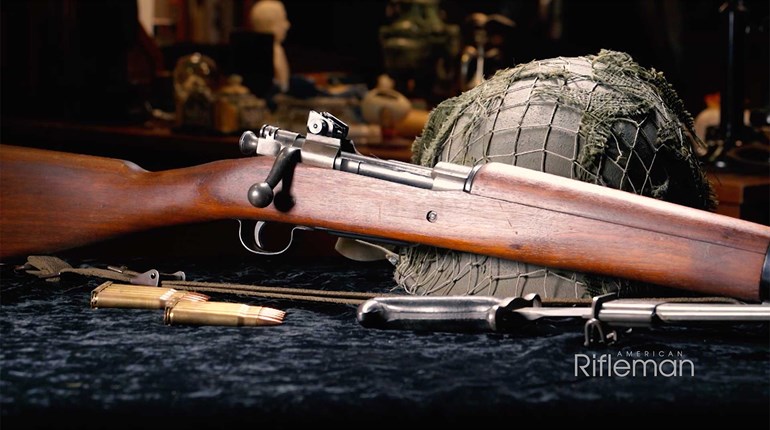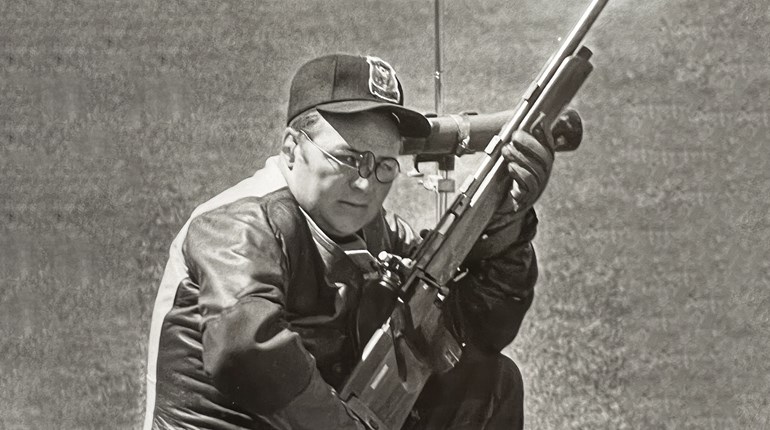
During the last year of World War II (1939-1945), as the Allied Powers gradually tightened their grip upon Japan, young Japanese men and even teenaged boys were called upon to sacrifice their lives for their country in the form of suicide attacks upon enemy ships in the Pacific. They did so by intentionally crashing their piloted planes into those ships, hoping to sink or disable them. An estimated 3,800 Kamikaze pilots died during the war, and more than 7,000 naval personnel were killed as a result of Kamikaze attacks.
Essentially human-guided explosive missiles, Kamikaze airplanes were loaded with bombs, torpedoes or other explosives. Only one in five of the attempted attacks was successful, yet they were still more accurate than dropping conventional bombs, and often caused more damage. In addition, the attacks became a major psychological weapon sparking genuine fear in the minds of Allied sailors, as some Kamikaze pilots still managed to smash their planes into targets and explode even after their aircraft were disabled by antiaircraft fire.
The attacks began in October 1944, a time when the war was not going well for Japan. Various Japanese military leaders sensed that something drastic must be attempted to turn things around, but what? A Captain Okamura expressed the following idea to one of his commanders, Vice Admiral Shigeru Fukudome:
“In our present situation, I firmly believe that the only way to swing the war in our favor is to resort to crash-dive attacks with our planes. There is no other way. There will be more than enough volunteers for this chance to save our country, and I would like to command such an operation. Provide me with 300 planes and I will turn the tide of war.”
Officially known as the Divine Wind Special Attack Unit, the number of Kamikaze sorties peaked during the months-long Battle of Okinawa in 1945. Waves of Japanese planes made thousands of attacks on the Allied fleet near the island, first targeting destroyers and other smaller craft on the perimeter of the flotilla before focusing on the aircraft carriers at the center. Suicide attacks by both planes and boats at Okinawa sank or crippled at least 30 U.S. warships and three U.S. merchant ships. However, the attacks cost the Japanese 1,465 planes and pilots.
Many warships of all classes were damaged during the battle, some severely, but no aircraft carriers, battleships or cruisers were sunk by Kamikaze at Okinawa. The aircraft carrier Franklin was one of the hardest hit; nearly half of her 2,700-man crew was either killed, wounded or missing. The destroyer USS Laffey earned its nickname “The Ship That Would Not Die” by surviving six Kamikaze attacks and four bomb hits.
“Major things happened when a carrier was hit by a Kamikaze,” wrote sailor Fred Lind. “Fires broke out, gasoline and oil caught fire, and flaming gasoline flowed across the decks. When this happened, the Captain turned to port or starboard to dump the gasoline over the side. When any personnel were in the path of the oncoming flaming gasoline, there was only one direction to go, and that was overboard. Jumping overboard was no bed of roses, either, because not only did you have sixty or one hundred feet or more to drop, but now you were dropping into gasoline burning on the surface of the water…”
An interesting sidenote is that British aircraft carriers were usually able to clear their flight decks and resume flight operations within hours following a Kamikaze attack, while American flattops often took days, weeks or sometimes even months to repair. A U.S. Navy liaison officer on the British HMS Indefatigable commented, “When a Kamikaze hits a U.S. carrier, it means six months of repair at Pearl Harbor. When a Kamikaze hits a Limey carrier, it’s just a case of ‘Sweepers, man your brooms’.”
The reason for the difference was that American carrier decks were constructed of wood, whereas British aircraft carriers had armored decking. The advantage of wood was that it made the American ships lighter, enabling them to transport more airplanes into battle. Still today, military historians debate which approach was better.
Kamikazes usually began their suicide dives at around 10,000 feet, coming in with the sun at their back through low clouds, if possible, making them more difficult to detect. Once spotted by Allied ships, the sailors then had to determine if a plane was a friendly, bogey or bandit, and do so quickly. Seconds mattered.
A “friendly” was an Allied aircraft, one the ships’ gunners obviously did not want to fire upon. A “bogey” was an unidentified aircraft, possibly friend or foe. And a “bandit” was a positively identified enemy plane.
Once an incoming plane was declared a bandit, multiple warships began firing their big guns from thousands of yards away, sending up antiaircraft flak, hoping to bring down the bad bird before it got close. If a Kamikaze somehow made it through that flak field, large-caliber, deck-mounted machine guns then engaged, as well.
But just as importantly as accurate fire, the gunners also had to know when to cease fire, which was often a split-second decision. By shooting at enemy planes flying too low, gunners could hit other Allied ships and sometimes did, often with devastating effects. Kamikaze pilots knew this, of course, so sometimes instead of making an overhead dive they approached the ships just above water level.
Another trick the Kamikaze tried in getting close to warships was simply joining the end of the line of a formation of Allied planes returning to their aircraft carriers from air strikes, hoping not to be noticed. As a result, spotters aboard ships had to be especially vigilant and alert to these so-called “Tail-end Charlies.”
But the question remains, why did they do it? Why were thousands of young Japanese pilots willing to climb into aircraft knowing they would not return from their mission? The answer lies in the centuries-old Japanese military culture of the Samurai and its Bushido code, demanding loyalty and honor unto death. Simply put, young Japanese pilots were more afraid of surrender and its shame than dying.
However, the Kamikaze pilots’ manual did allow a pilot to return from a mission if he could not locate a suitable target. It stated that a pilot, “should not waste [his] life lightly.” But one such pilot took advantage of that option once too often. After returning from his ninth mission, he was labeled a coward and shot and killed by his commanding officer.
If you would like to read more about Kamikaze pilots, their suicide missions and planes, the newly published Days of Steel Rain, by author Brent E. Jones, is highly recommended. The book is the true story of the Navy light cruiser U.S.S. Astoria—the “Mighty Ninety”—and her 1,200-man crew during the waning months of World War II; how she and hundreds of other Allied ships battled to repel wave after wave of Kamikaze attacks. The action is so detailed, gripping and gritty you’ll think you’ve earned a combat medal after reading it.







































